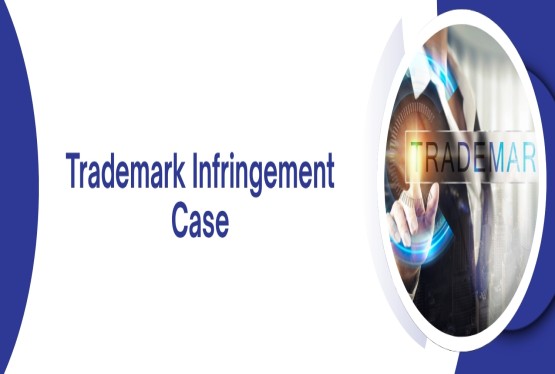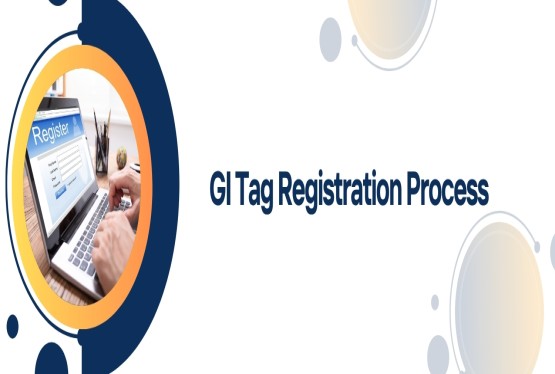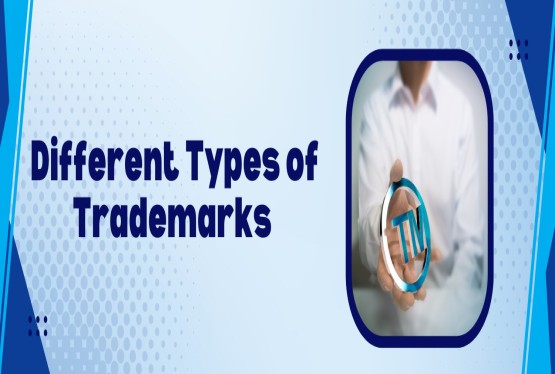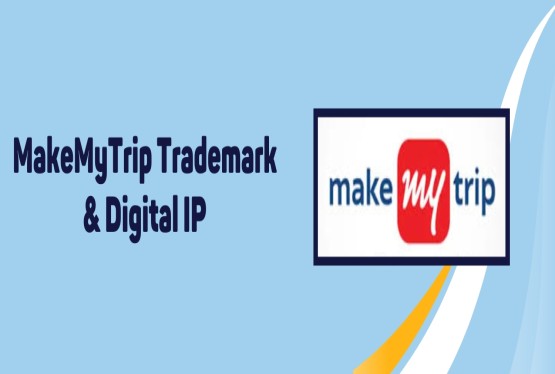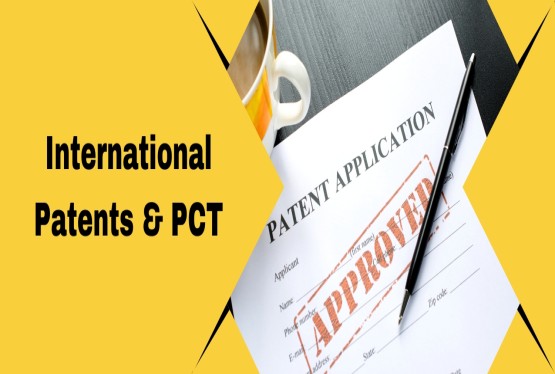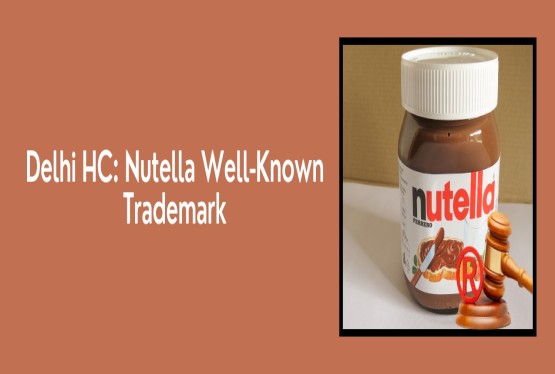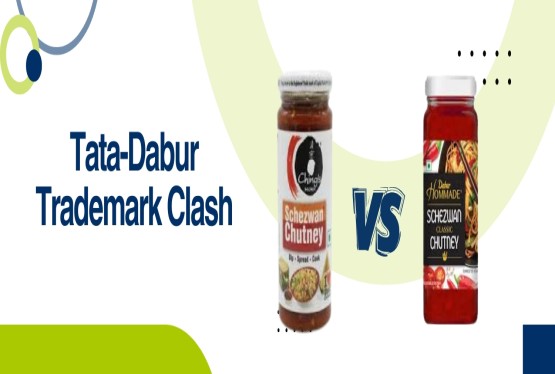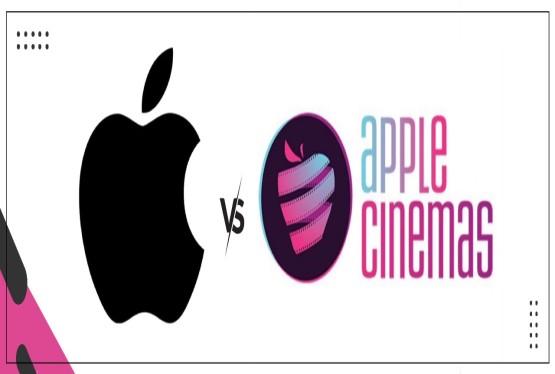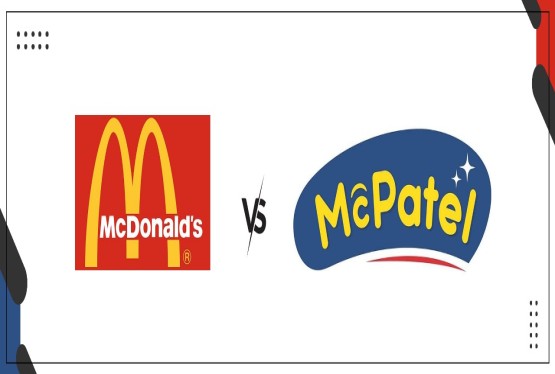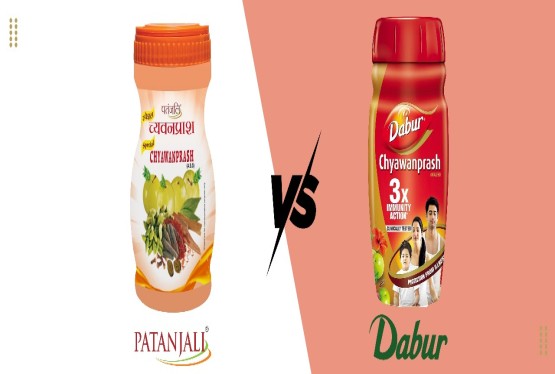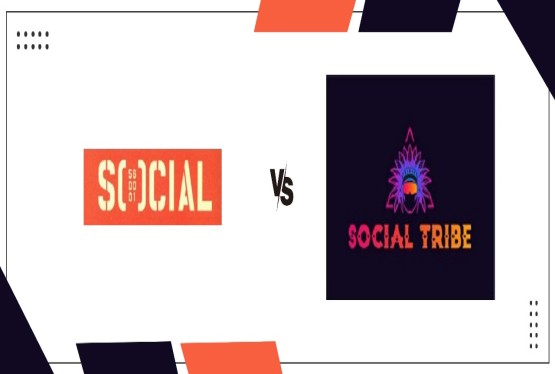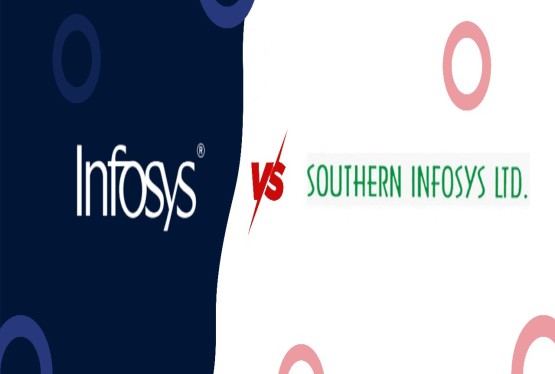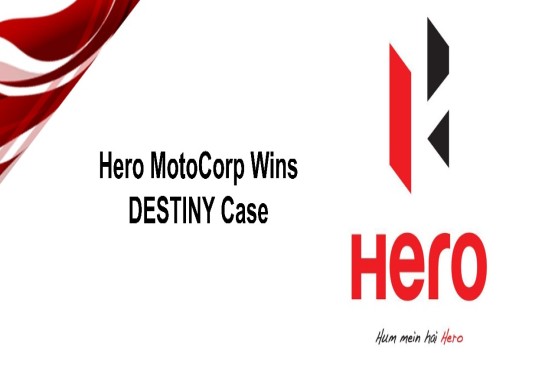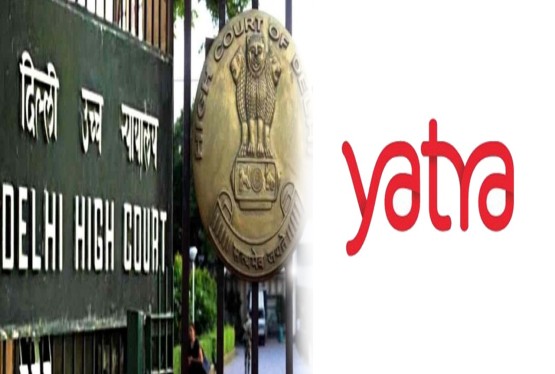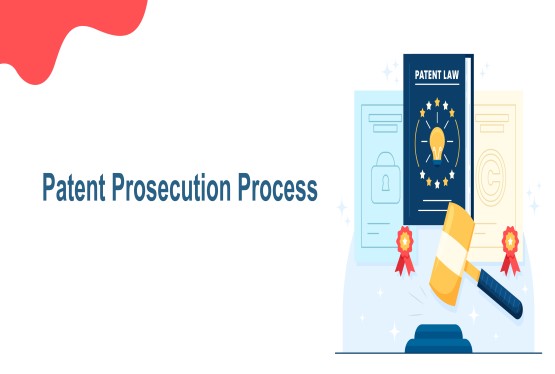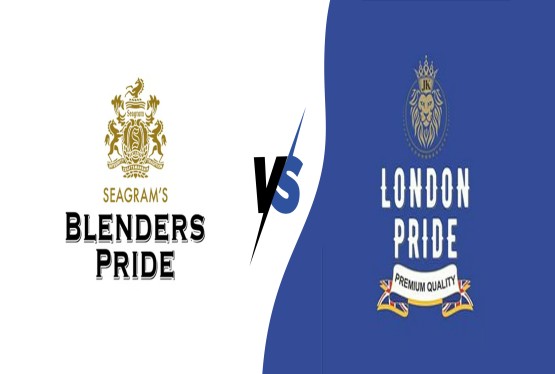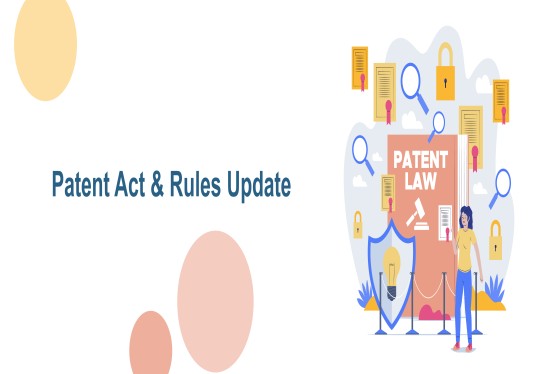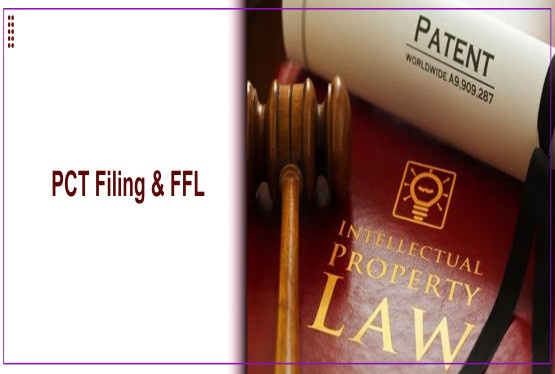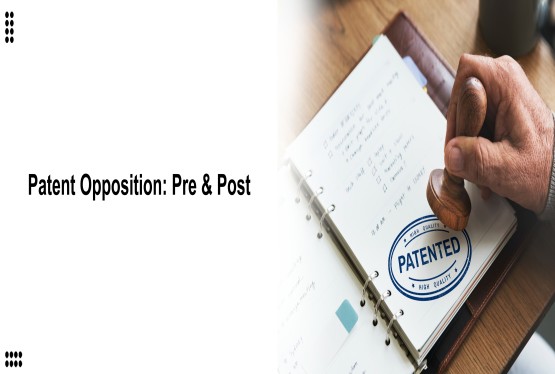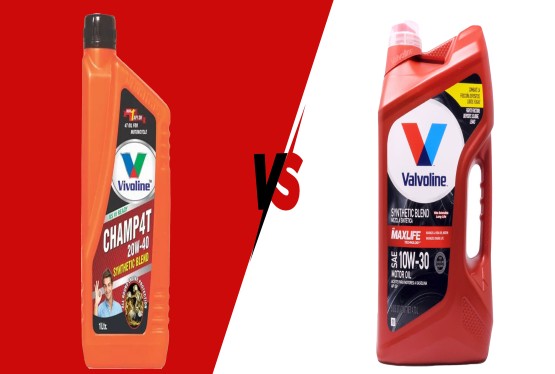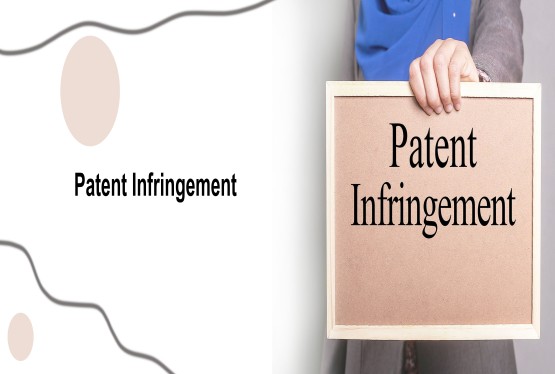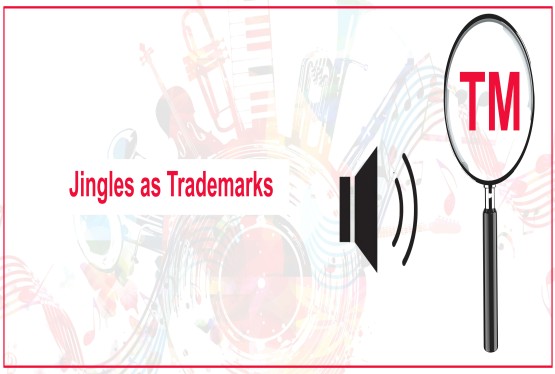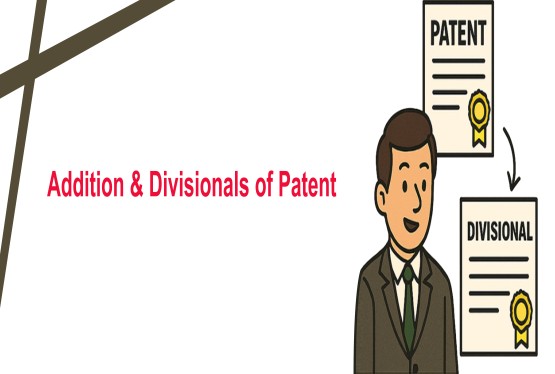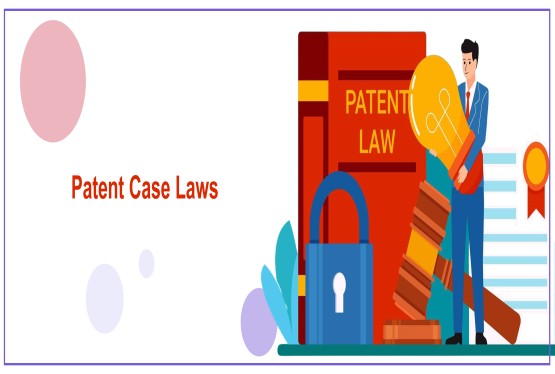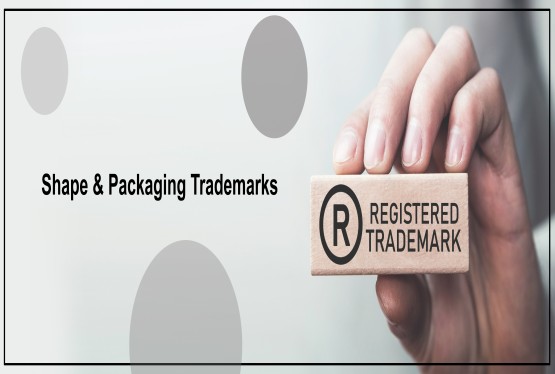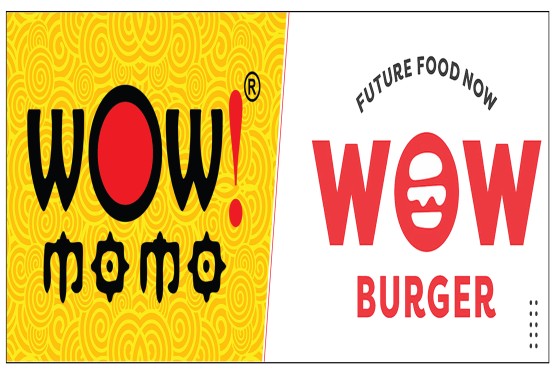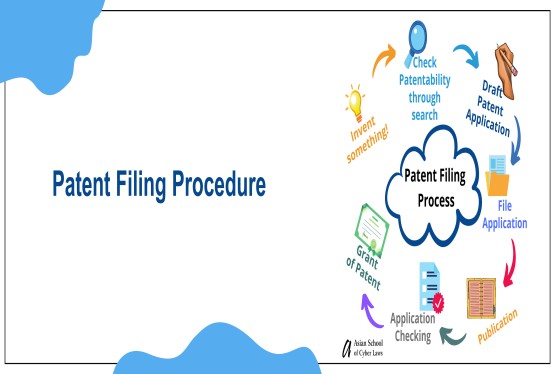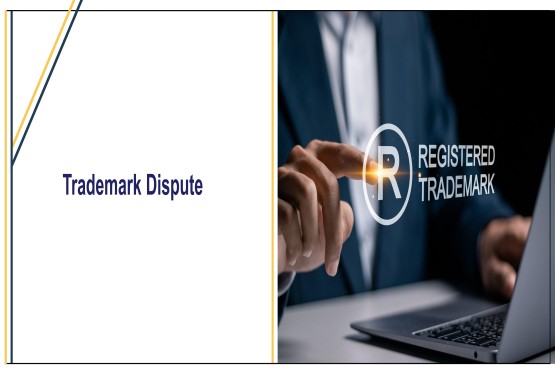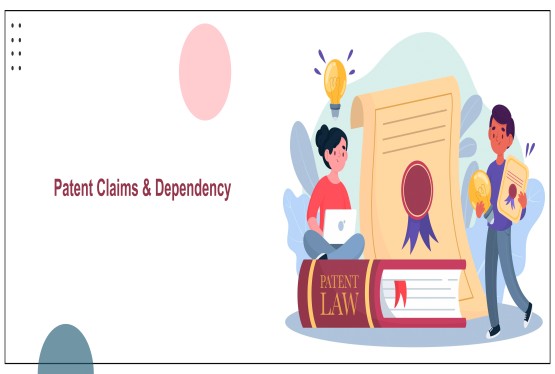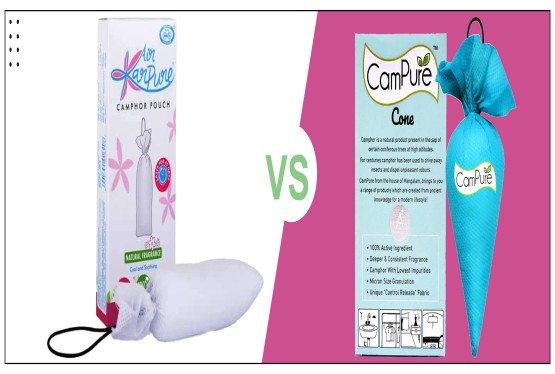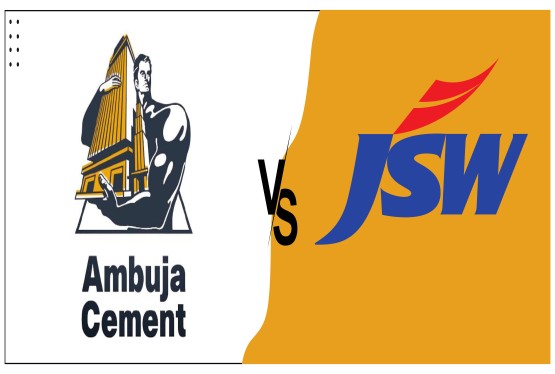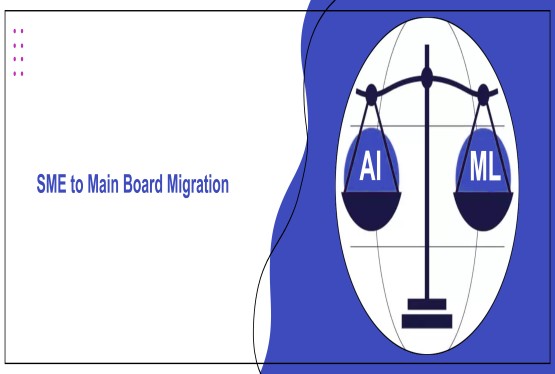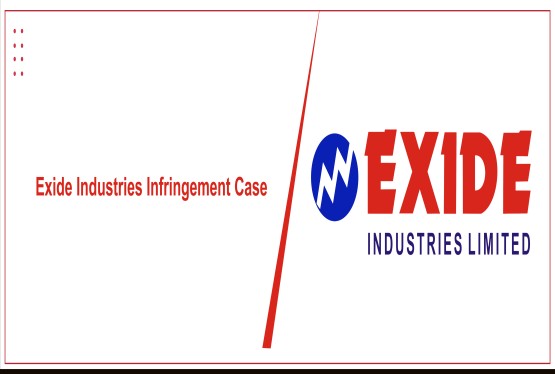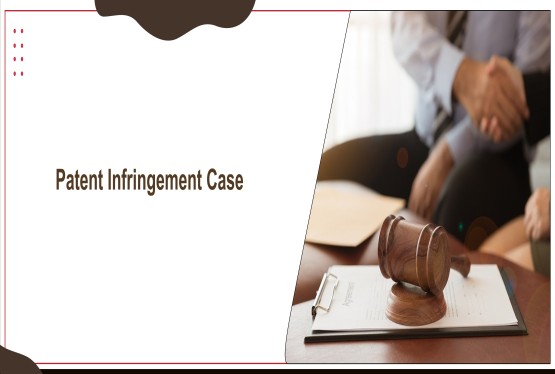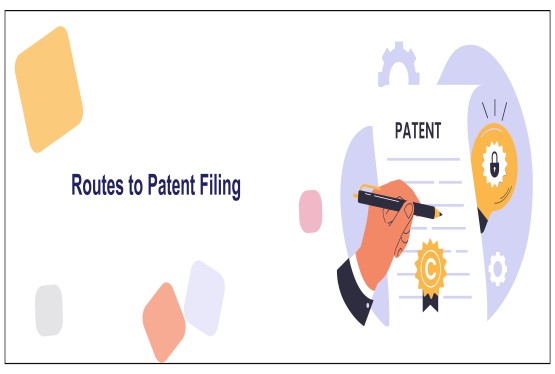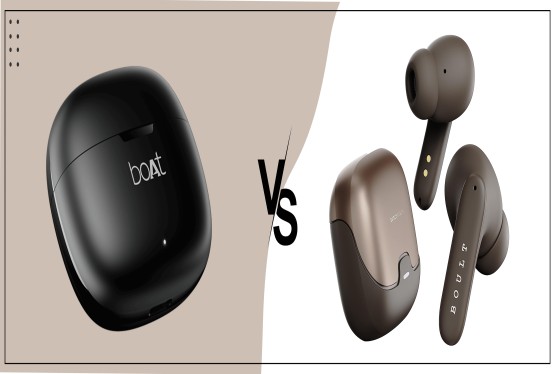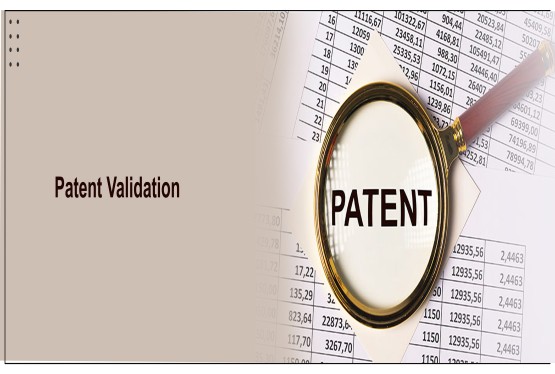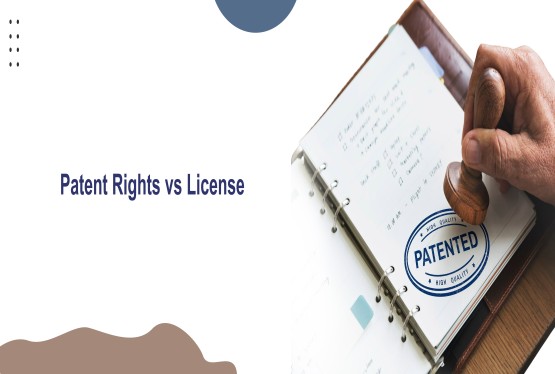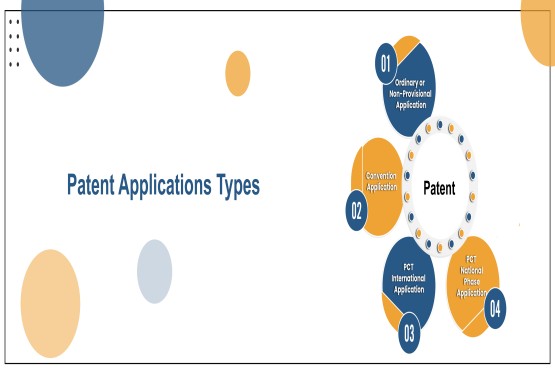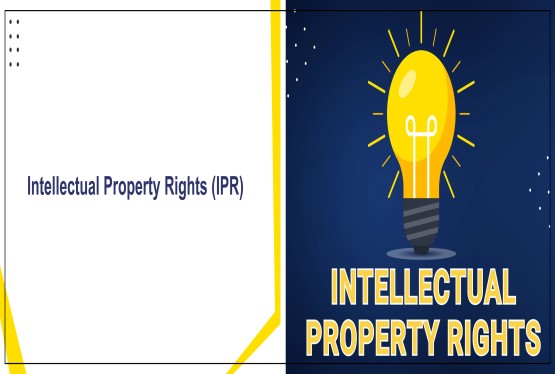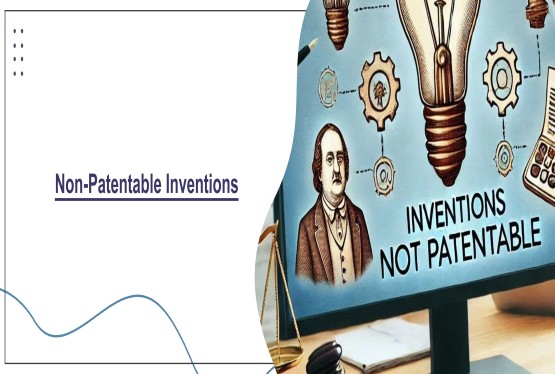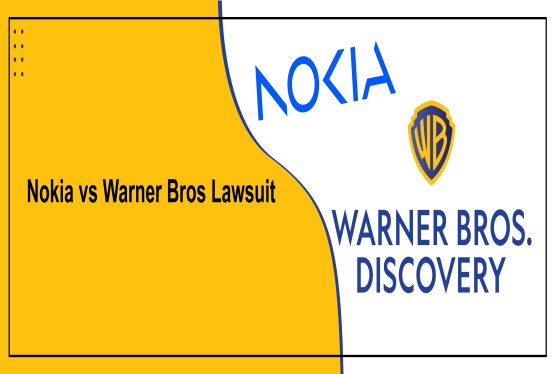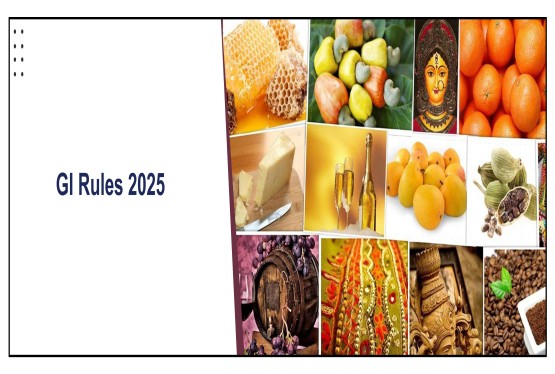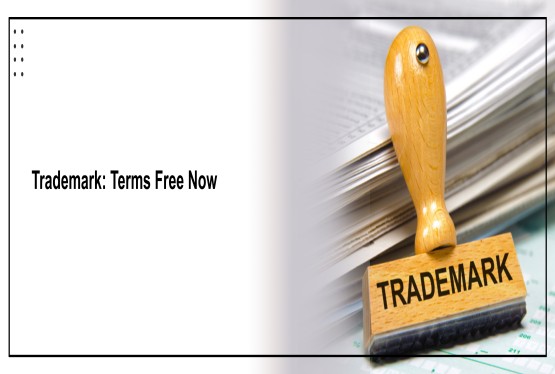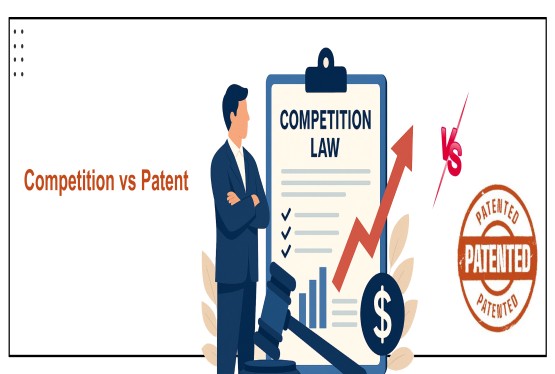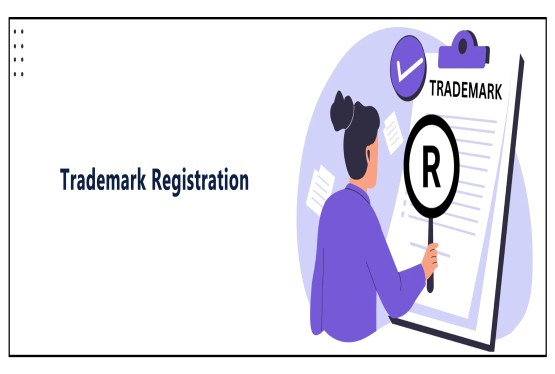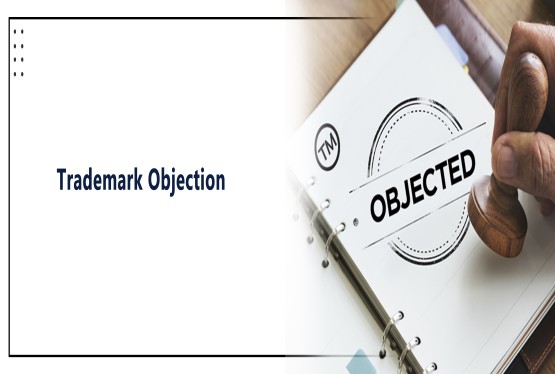Meaning of Trademark Infringement in India (Based on Sections of the Trademarks Act, 1999)
Trademark infringement refers to the unauthorized use of a registered trademark or a mark deceptively similar to it, which can mislead the public into believing that there is a connection between the infringer's goods or services and those of the trademark owner. It violates the exclusive rights granted to the owner of a registered trademark under the Trademarks Act, 1999.
Key Elements of Trademark Infringement:
-
Similarity or Identity of Marks: The infringing mark must be either identical or deceptively similar to the registered trademark.
-
Similarity of Goods/Services: The infringing mark must be used in relation to the same or similar goods/services.
-
Likelihood of Confusion: The use of the infringing mark must be likely to cause confusion or create a false association with the registered mark in the minds of the consumers.
Legal Provisions Explaining Infringement
-
Section 29(1) : Infringement occurs when an identical or deceptively similar mark is used without permission, in relation to goods/services similar to those for which the trademark is registered.
-
Section 29(2) : Even if the mark is not identical, similarity in goods and marks, leading to likely confusion or false association, amounts to infringement.
-
Section 29(3) : If the mark and the goods/services are identical, the law presumes confusion is inevitable no need to prove it.
-
Section 29(4): Protects well-known trademarks, even if the infringing use is for unrelated goods/services, as long as it exploits or harms the trademark's reputation or distinctiveness.
-
Section 29(5) : If a trademark is used as a part of a business or trade name for similar goods/services, it constitutes infringement.
-
Section 29(6) to (9): These sections expand the meaning of “use” and cover: Use on packaging, labels, and advertising materials. Use of mark in oral advertising. Misleading advertising damaging the reputation of the mark. Unauthorized printing or usage of the trademark in any business document or communication.
Illustrative Example:
If a new company uses a logo or brand name similar to Nike for sports shoes, and consumers are confused or misled into thinking the products are from Nike, it is trademark infringement. Even using a mark like “McDonald’s” in the name of a pizza outlet (e.g., "McDonald's Pizza") may confuse consumers and result in infringement.
Types of Trademark Infringemen
Trademark infringement is a violation of the exclusive rights granted to the owner of a registered trademark under the Trademarks Act. It occurs when an unauthorized party uses a mark that is identical or deceptively similar to a registered trademark in a way that is likely to cause confusion among consumers. Trademark infringement not only harms the brand value and reputation of the rightful owner but also misleads consumers and disrupts fair market competition. Broadly, trademark infringement is categorized into two main types: direct infringement and indirect infringement. Each type has distinct characteristics and legal consequences.
Direct Trademark Infringement
Direct infringement is the most common and clear-cut form of trademark violation. It involves the unauthorized use of a trademark that is identical to or deceptively similar to a registered mark, in relation to goods or services for which the trademark is protected. The primary elements of direct infringement include unauthorized use, visual or phonetic similarity of the marks, and usage in connection with the same or similar category of goods or services.
The crux of direct infringement lies in the likelihood of consumer confusion. If the infringing mark causes the average consumer to believe that the goods or services originate from the owner of the registered mark, it qualifies as infringement. For example, selling counterfeit athletic shoes bearing the logo of a well-known brand like Nike constitutes direct trademark infringement. The infringer, in such cases, uses the mark to mislead consumers and unfairly benefit from the goodwill of the original brand.
Indirect Trademark Infringement
Indirect infringement refers to situations where a party does not directly use the infringing trademark themselves but plays a facilitating or contributory role in the act of infringement. While not as immediately visible as direct infringement, indirect forms are equally damaging and are increasingly prevalent in digital marketplaces and supply chains. Indirect infringement can be further divided into two main sub-categories: vicarious infringement and contributory infringement.
Vicarious Infringement
Vicarious infringement occurs when an individual or entity has the right and ability to control the infringing actions of another and also derives a direct benefit from it but fails to prevent the infringement. A common example is when an e-commerce platform knowingly allows sellers to list and sell counterfeit goods using a registered trademark. If the platform has control over the listings and benefits financially from the transactions, it may be held vicariously liable for the infringement.
Contributory Infringement
Contributory infringement involves providing material assistance, tools, or knowledge that enables another party to commit trademark infringement. The key element here is knowledge the contributor must know, or have reason to know, that their actions will assist in the unauthorized use of a trademark. For instance, a manufacturer that supplies logos, packaging materials, or designs that closely mimic a well-known brand to third parties, knowing they will be used for counterfeit goods, can be held liable for contributory infringement.
Passing Off: A Related Concept
While not technically a form of registered trademark infringement, passing off is a related tort under common law and is applicable to unregistered trademarks. It occurs when one party misrepresents its goods or services as those of another, thereby deceiving the public and damaging the goodwill of the original brand. The key components of passing off include the existence of reputation or goodwill, misrepresentation by the defendant, and damage to the plaintiff’s business or brand. For example, selling chocolates under packaging that mimics the distinctive style and colors of a famous brand, even without using its name, may qualify as passing off.
Examples of Trademark Infringement
To understand the application of these concepts, it is helpful to consider illustrative examples. In a case of direct infringement, a vendor selling shoes with a replicated Adidas logo without permission clearly violates trademark rights. For indirect (vicarious) infringement, a website that permits and profits from third-party sellers offering counterfeit Apple accessories may be held liable if it fails to act despite having control over the platform. In a case of contributory infringement, a manufacturer who provides counterfeit labels and instructions to create fake Louis Vuitton bags enables infringement and is legally responsible. Even in passing off, if a local cola brand markets its product in a red-and-white can with a curvy font reminiscent of Coca-Cola, it may mislead consumers and result in legal action, despite not using the exact trademarked name.
Illustrative Cases and Examples
Adidas vs. Payless Shoesource
Nature: Deceptively similar design/logo Adidas sued Payless Shoesource for selling shoes with two or four stripes closely resembling Adidas’ three-stripe trademark. The court found a high likelihood of confusion and awarded $305 million in damages to Adidas. This case illustrates the protection extended to the visual identity of trademarks.
Yahoo! Inc. vs. Akash Arora (Delhi High Court, India)
Deceptive domain name usage Akash Arora operated an internet service under the domain “yahooindia.com”, confusingly similar to Yahoo’s brand. The court recognized domain names as trademarks and granted an injunction, observing a likelihood of deception among internet users
Gucci vs. Guess
Imitation of branding elements Gucci filed a suit against Guess for copying distinctive elements such as the interlocking G logo and red-green stripe. The court upheld Gucci’s claim and restricted Guess from using these features. This case emphasized the importance of brand distinctiveness in fashion trademarks.
Starbucks Corporation vs. Sardarbuksh Coffee (India)
Similar business name and branding A local Indian café named “Sardarbuksh” used green branding and a turbaned mascot, closely resembling Starbucks. The Delhi High Court ruled in favor of Starbucks, directing the café to alter its name and visual identity to avoid confusion, underscoring the risks of passing off.
How to avoid trademark infringement
Conducting a Complete Trademark Search
One of the most effective ways to avoid trademark infringement is to conduct a thorough trademark search before adopting or using any new brand name, logo, or design. This includes checking the IP India trademark database, international trademark databases such as the WIPO Global Brand Database, and verifying domain name availability. A proper search helps identify any existing marks that are similar or identical and reduces the risk of unintentional infringement. By ensuring that a new mark is unique and legally defensible, businesses can avoid future legal disputes and brand confusion.
Registering Your Trademark
Registering a trademark is not only a legal safeguard but also an important business strategy. While unregistered marks may have some protection under common law, only a registered trademark provides exclusive legal rights and remedies in case of infringement. Registration enhances brand credibility, creates a public record of ownership, and enables the owner to sue for damages or injunctions if unauthorized use occurs. In India, the process involves filing an application with the Controller General of Patents, Designs, and Trademarks, followed by examination, advertisement, and opposition stages before final registration.
Avoiding Deceptive Similarities
Businesses should avoid selecting marks that are phonetically, visually, or structurally similar to existing registered trademarks, even if they are not identical. Marks like "Reebuk" instead of "Reebok" or "Appel" in place of "Apple" are likely to be considered deceptively similar. Additionally, using similar marks within the same industry increases the risk of confusion and legal consequences. Courts also protect well-known trademarks under Section 29(4) of the Act, even in cases where the goods or services are unrelated, recognizing the possibility of brand dilution and consumer deception.
Avoiding Use of Registered Trademarks in Business Names and Domains
The use of another entity's registered trademark as part of a business name, trade name, or domain name can constitute infringement. For example, registering a company name like "Google Tutors" or a domain such as "nikefashion.com" without authorization can mislead consumers and violate Section 29(5) of the Act. It is advisable to choose business and domain names that are distinctive and unrelated to well-known trademarks. Conducting legal due diligence and clearance searches is a prudent step in the naming process.
Maintaining Honest and Ethical Advertising Practices
Advertising plays a important role in brand building, but it must be conducted within legal and ethical boundaries. Using another brand’s name, logo, or tagline in an advertisement whether directly or by implication can mislead consumers and may amount to trademark infringement. Section 29(8) of the Trademarks Act prohibits advertising that takes unfair advantage of or is detrimental to the distinctive character or reputation of a registered trademark. Advertisements must be truthful, non-deceptive, and must not falsely imply affiliation with any other trademarked brand.
Avoiding Counterfeit and Unauthorized Use
Using a registered trademark on labels, packaging, promotional materials, or goods without authorization is a direct violation of Sections 29(6) and 29(7) of the Act. This includes the use of logos on counterfeit goods, unauthorized marketing using trademarked names, and even printing or distributing materials bearing someone else's mark. For instance, printing the Apple logo on unlicensed accessories or using the Coca-Cola name in promotional flyers without permission would amount to infringement. Businesses must ensure that they only use trademarks with the express consent of the rightful owner.
Seeking Legal Counsel and Ensuring Compliance
Legal advice is essential when launching a new product, entering into branding partnerships, or expanding into new markets. A trademark attorney can assist with conducting searches, filing applications, evaluating infringement risks, and developing compliance frameworks. Internally, businesses should also train their marketing, branding, and sales teams to understand the legal limitations related to trademarks. Regular audits and compliance checks can prevent accidental misuse of third-party trademarks and help maintain ethical standards in branding activities.
Respecting Well-Known and International Trademarks
It is essential to avoid using well-known trademarks such as “Google,” “Nike,” or “Gucci” even if the goods or services being offered are unrelated. Indian courts have consistently protected reputed trademarks from misuse, citing dilution and unfair advantage. This principle also applies to international markets. Companies looking to export products or operate online should conduct global clearance searches and respect foreign trademark laws to avoid cross-border litigation or trademark disputes.
Conclusion
Trademark infringement is a preventable legal risk that can have serious consequences for businesses. In today’s global and digital economy, where brands are valuable assets, protecting and respecting trademarks is not just a legal duty but also a reflection of corporate responsibility. By conducting complete searches, registering trademarks, avoiding deceptive similarities, maintaining ethical practices,and seeking legal counsel, businesses can avoid infringement and contribute to a fair and competitive marketplace. These proactive steps not only protect brand identity but also foster consumer trust and long-term business growth
FAQs
Q1. What is trademark infringement?
Ans. Trademark infringement refers to the unauthorized use of a registered trademark or a deceptively similar mark in relation to goods or services that are identical or closely related to those protected under the registered trademark. It typically causes confusion in the minds of consumers regarding the origin or authenticity of a product or service.
Q2. What are the main types of trademark infringement?
Ans. Trademark infringement is broadly classified into two main types: direct infringement and indirect infringement. Direct infringement involves the clear, unauthorized use of a registered or similar mark, while indirect infringement includes cases where a person facilitates or contributes to direct infringement.
Q3. What is direct trademark infringement?
Ans. Direct infringement occurs when a person uses a registered trademark without permission. The mark used is either identical or confusingly similar to the original, and it is used on the same or similar goods or services, resulting in consumer confusion.
Q4. What is indirect trademark infringement?
Ans. Indirect trademark infringement includes actions where one enables or fails to prevent another's infringing activity. It includes vicarious and contributory infringement and typically involves third parties like sellers,suppliers, or online platforms.
Q5. What is vicarious trademark infringement?
Ans. Vicarious infringement arises when an individual or entity has the authority to control the actions of the infringer and gains a financial benefit from the infringement, yet fails to stop it. For example, an online platform that allows counterfeit goods to be sold may be held liable.
Q6. What is contributory trademark infringement?
Ans. Contributory infringement occurs when someone knowingly provides tools, materials, or assistance to another party to engage in trademark infringement. An example would be a manufacturer supplying fake branding materials for counterfeit products.
Q7. What is the difference between direct and indirect infringement?
Ans. The key distinction lies in the nature of involvement. Direct infringement is the active, unauthorized use of a trademark, while indirect infringement involves aiding, facilitating, or failing to prevent another person's infringement of a trademark.
Q8. Is passing off the same as trademark infringement?
Ans. No, passing off is not statutory infringement but a common law remedy available to the owner of an unregistered trademark. It protects goodwill and reputation from misrepresentation, where one party presents its goods or services as those of another.
Q9. Can an online marketplace be held liable for trademark infringement?
Ans. Yes, if an online platform knowingly allows the sale of counterfeit goods, profits from such sales, and does not take preventive actions despite having control, it may be held liable under vicarious or contributory infringement.
Q10. How can one protect their brand from indirect infringement?
Ans. To avoid the risk of indirect infringement, businesses must monitor their partners, control third-party actions, take swift action against violators, and ensure that they do not assist or enable counterfeit or unauthorized uses of registered trademarks.






























_(b)_of_the_Trademark_Act,_1999_(1)_crop10_thumb.jpg)



_crop10_thumb.jpg)




























_crop10_thumb.jpg)
_crop10_thumb.jpg)






_crop10_thumb.jpg)








_crop10_thumb.jpg)



_crop10_thumb.jpg)





























_crop10_thumb.jpg)

















_crop10_thumb.jpg)






_crop10_thumb.jpg)












































































































































_crop10_thumb.jpg)




































_crop10_thumb.jpg)












_crop10_thumb.jpg)













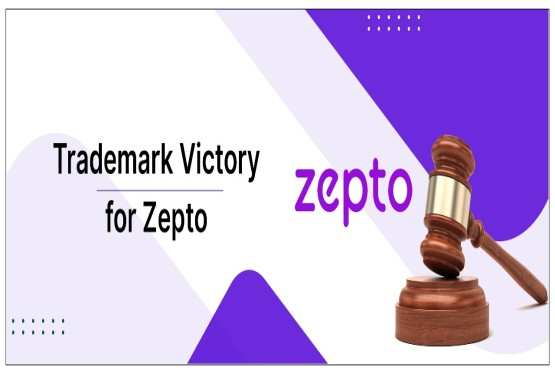




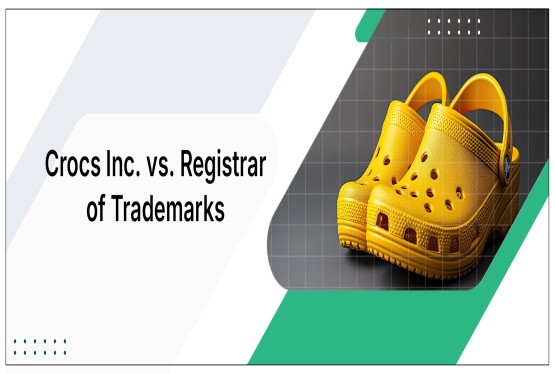















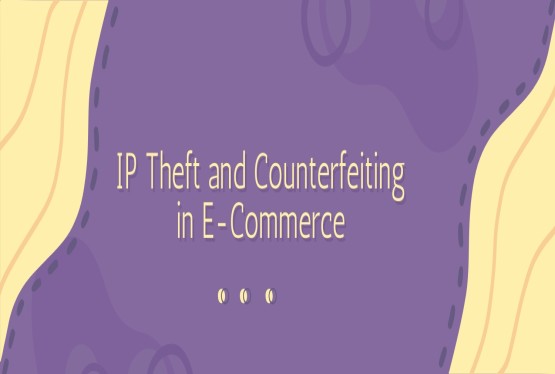












_crop10_thumb.jpg)






